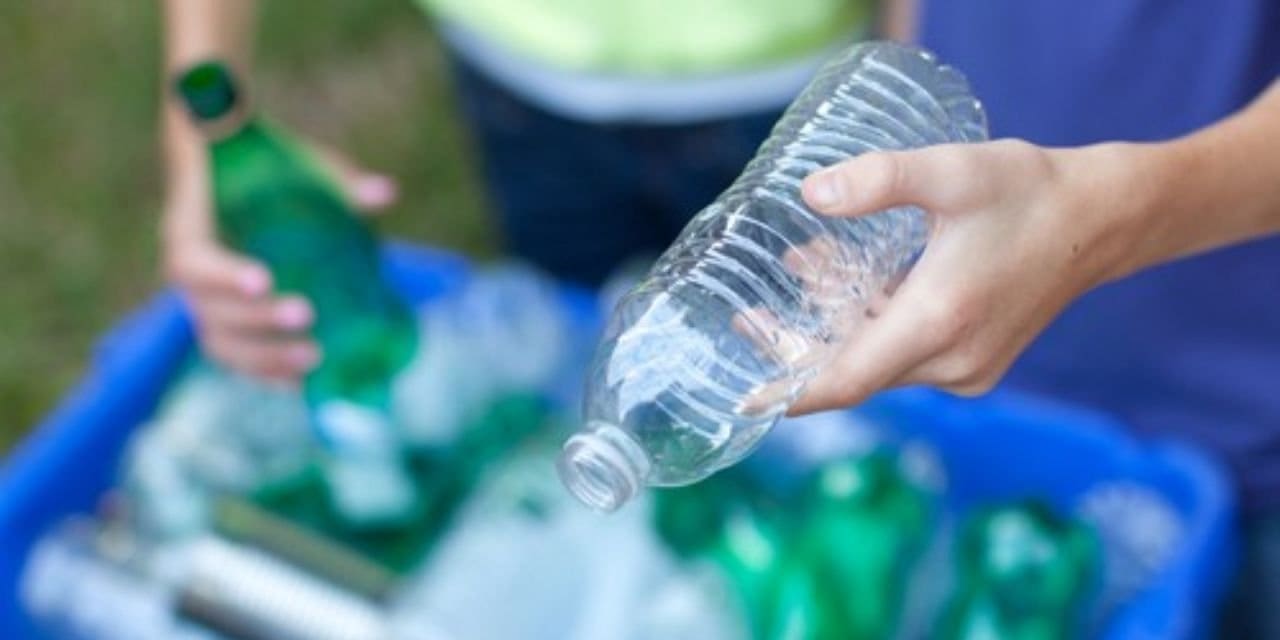44% of senior fashion industry executives said it was their customers’ responsibility to dispose of packaging correctly
Just 14% of consumers know what type of material the fashion items they buy are packaged in Hydropol™ could remove 25 million tonnes4 of conventional, hard-to-recycle garment packaging in the UK each year
The Future of Packaging in the Fashion Industry report, published by Aquapak Polymers Ltd., a company that specializes in polymer-based material technologies, highlights the significant misunderstanding surrounding the environmentally safe disposal of various packaging types used by the fashion industry and the notion that the consumer bears primary responsibility for proper packaging disposal.
Senior executives from fashion businesses and retailers in the US, UK, and Australia, including CEOs, retail directors, sustainability directors, and COOs, participated in the research1 that served as the basis for the report.
Every respondent stated that they continue to use plastic or recycled plastic in their operations. 38% of respondents claimed that plastic is recycled after use, compared to 25% who said it ends up in a landfill, 22% who say it is reused, and 14% who say it is incinerated. To illustrate the confusion around the destination of plastic packaging trash, official data2 from the World Economic Forum indicates that about 36% of all plastic generated is utilized to build packaging, with 85% of that packaging ending up in landfills.
Similarly, just 36% of respondents stated their home compostable packaging was home composted as intended, 28% felt it was repurposed, and 20% thought it ended up in a landfill.
When asked who should be in charge of properly disposing of packaging, 44% of respondents answered that their customers should be in charge, 30% said that the brand should be in charge, and 25% indicated that both parties should be in charge.
However, it became evident that the assumption that customers are ultimately in charge of disposal is a little off-base when UK consumers3 were questioned about packaging and disposal. Just 14% of respondents claimed to know the kind of material used to package the fashion products they purchase, 2/3 claimed to occasionally know, and 21% claimed to never know.
Additionally, more than half (53%) of respondents stated that they are confused about how to dispose of and recycle different kinds of packaging, which has led to 59% of respondents recycling less.
The findings also suggest that the industry isn’t always helping its customers as much as it should. Just 5% of consumers said there are always clear instructions on the packaging to show how it should be disposed of without damaging the environment, 58% said there are sometimes, 23% said often, and 6% said there are never instructions displayed. Yet again, a confused picture.
Aquapak has developed Hydropol™, a polymer which is soluble and non-toxic to marine life, providing an alternative to conventional plastic because it provides the same functionality but without the associated environmental problems. It is used to make products such as garment bags, offer all the necessary features of traditional polybags: strength and puncture resistance; clarity of film; and protection from leakages and dirt.
Crucially, Hydropol™ garment bags have zero end-of-life issues as they dissolve immediately in hot water without producing harmful micro-plastics or they can be placed into domestic recycling bins where they do not interfere with plastic recycling and are washed away safely as part of the waste sorting process. They are also suitable for aerobic and anaerobic landfill and degrade naturally on land or in ocean.
With the majority of soft plastics such as polybags still being incinerated, going to landfill or being downcycled, a move toward a new material that leaves no trace after use is long overdue. Aquapak’s calculations suggest that if Hydropol™ were used instead of conventional plastic in garment packaging, an estimated 25 million tonnes4 of conventional, hard-to-recycle packaging could be prevented from entering the environment each year. A number of pioneering clothing and apparel brands have already been using Hydropol for their garment bags for a number of years, including Finisterre, Zone 3, and Parlez.
More recently N.Brown the inclusive fashion retail platform and owner of the JD Williams, Jacamo and Simply Be brands, has joined this packaging revolution and will become the largest online retailer in the UK to use HydropolTM packaging for its garment bags, with the aim of reducing plastic waste and preventing recycling confusion.
John Williams, Chief Technology Officer at Aquapak, comments: “Our study highlights the misconception of plastic disposal versus reality, where recycling rates remain stubbornly low. The confusion over how to dispose of waste packaging is an age-old problem and one which is holding back recycling rates around the world.
“We also need to recognise that this is not a problem for consumers to solve. There are packaging innovations which perform the same job as plastic but without the negative environmental impact because they offer a range of end of life options from recycling to composting. We need more brands to embrace new technologies and the waste system to accept more materials if we are to achieve a circular economy, rather than pushing the responsibility on to the end-user.”

